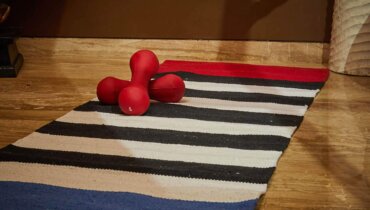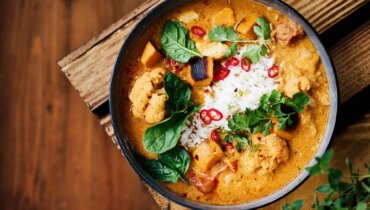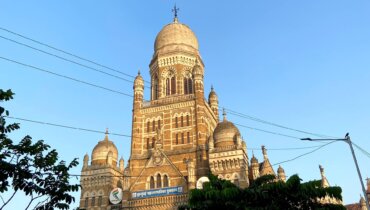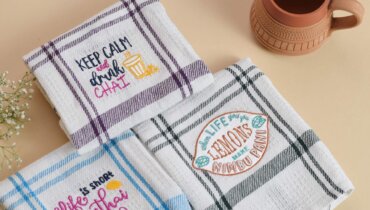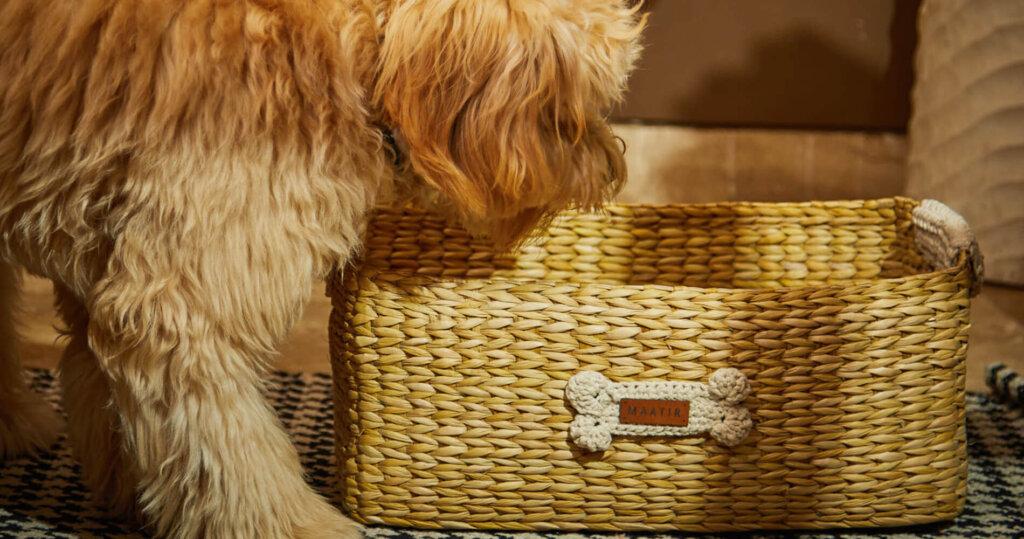
Basketry
Historians have a tough time tracking down the exact origins of basket weaving. This is because natural materials biodegrade easily over time. We do know that it is the oldest as well as the most widely spread handicraft.
The oldest recovered basket was discovered in Faiyum, Egypt. It dates back to about ten to twelve thousand years old based on carbon dating. Other evidence that people have been making baskets since the beginning of time are the imprints in the clay people used when they started making pottery.
India in particular has a very rich culture when it comes to basketry. Each region takes a slightly different material and approach to crafting their baskets. Some things they have in common is the intricacy of the patterns and the vibrancy of the colors.
Sabai Grass
Sabai grass, known scientifically as Eulaliopsis binata, is native to the eastern regions of India. It grows best in West Bengal and Orissa. This grass is known for being light, flexible, and durable. For this reason, it is one of the top choices in India for basket making.
It’s also relatively easy to transform from grass to product with very few tools. Once the grass is harvested, it gets sent to dry completely in the sun. Then it gets sorted for length and quality. When it’s all sorted, the next step is to twist it into tight ropes, first by hand then by putting it on a wheel. At this point, the grass can either be braided or put into bundles to sell. Sabai grass is also great for dyeing because it takes the color easily.
Kauna Grass
Kauna grass, or Cyperaceae, is found growing tall in the marshes and wetlands of the Imphal Valley. It grows to around six feet. Kauna grass is known for being malleable and sturdy. The Manipur people have built a thriving community of weavers, some of whom are master craftsmen and others are unskilled but wanting to learn the trade. They are self-sufficient because the grass allows them to be fish farmers and they are able to grow rice in their fields. The process of using kauna grass is the same as for sabai grass. The difference is that they have to adjust the drying time to allow it to fully dry. Similarly, kauna grass is dyed easily in a rainbow of colors using natural dyes.Impacts of Basket Weaving
Basket weaving is often called a rural craft. It has brought life into poor villages across India. People, a majority of whom are women, are able to access the native grasses and a couple basic tools to create these baskets. In some places, whole villages have turned to this. They have a community of people that weave together and often complete large projects as a group.
Fun Facts
Kauna grass has a characteristically spongy inside. The quality of the basket depends largely on just how spongy it is.
The sabai and kauna grasses are dyed using huge pots of boiling water and a bit of natural dye. They are then soaked in the color before being set out to dry again.
Many of the people who weave with kauna grass use plywood or tin molds. This helps them to standardize the size and shape for bulk orders.
Most woven baskets use a minimalist style, but it doesn’t take away from the intricate patterns the artisans can create.
The first baskets are said to have been for collecting and keeping loose objects like fruits. Nowadays, they are used for storage or decoration as well.
There are many ancient mythologies that claim basketry is the first art given to man by the gods.
It’s safe to say that the culture surrounding basketry in India is inspiring. If you want to feel connected to this tradition, check out Maatir’s outstanding collections of tissue box covers, pet storage baskets, and handbags.
